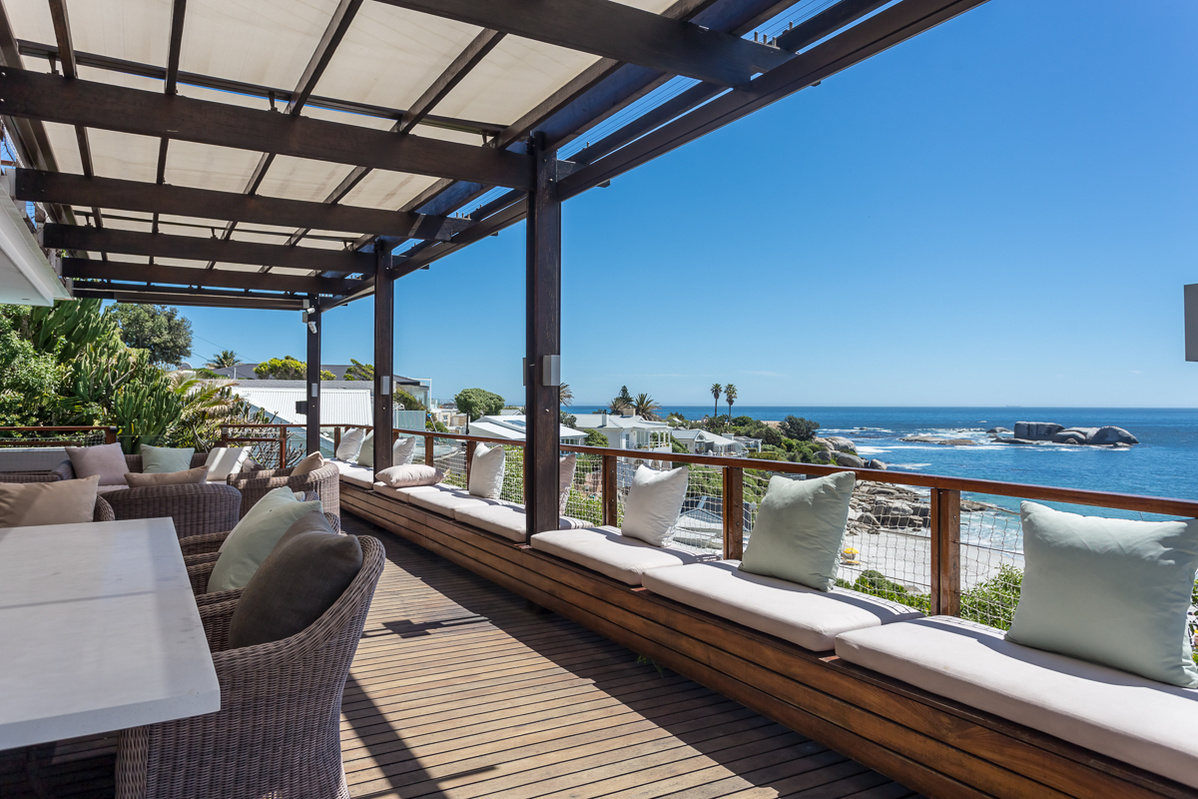TOP TIPS FOR YOUR HOME
Help us help you and save money while you do it
Some folk raise an eyebrow when they see the hourly rate photographers charge for their work. And, if we worked eight hours a day, five days a week then yes: it would be a huge income. Unfortunately, we spend a lot of time doing admin, upskilling ourselves, driving out to clients, and passing the time between shoots. However, when we are on a shoot we charge for our hours because we need to earn a living. The initial greeting, and a break for tea won’t typically be charged for, but if we get to your home and we have to spend 45 minutes cleaning the kitchen, washing a window, rearranging lounge furniture (and much more) then we need to charge for it. It’s only fair. So lower that eyebrow 🙂
Below are some top tips to have your home ready so that we will be both quicker and happier photographers, and that will save you on the bill. Also, it means you get to have a hand in the final look of the shoot, if you are that way inclined.
- The home should be as presentable and neat as possible. If you can, try and have someone clean the house on the day of the shoot.
- Windows are super important to have as clean and see-through as possible. Often the best shot is one looking out through a window so this can be vital. Unfortunately, every smudge or mark shows up and it’s often near impossible to remove marks when editing; it’s very dependent on the background.
- In the garden, please try have a neatly cut, green lawn, no wheelbarrows or buckets or garden hoses showing.
- If you have a pool, try your best to have it as clear blue as possible pool and ideally without a Kreepy Krauly hose in it.
- In the kitchen, please remove all fridge magnets/notes etc. You can do the same to what would be normally clear and clean cupboard doors and walls. Please try hide the rubbish bin, drying racks, sponges, excess clutter etc etc. Less is more.
- For bedrooms, we’d appreciate well made beds, working lights, matching lightbulbs (two different types of light, eg “warm” and “white”, don’t look great together), please close everything (eg. cupboard doors), remove mirror marks, and pack away any clutter.
- Bathrooms are usually quite simple: mainly just remove smudges from mirrors, hide toilet paper and bins, and all the accessories (toiletries et al). You can hang the towels or stack them away, either option works well.
- Please “style the home” (arrange furniture etc) as much as possible – we will do this too, as we see fit – but up to half our time can be spent making things look neater and simpler, and we unfortunately have to charge for that time.
- Please let me know up front if there is anything specific things/items you would like photographed, for example: a piece of art or a shot of your Aga stove.
PART ONE
The Main Things to look out for
PART TWO
“Nice to have” but helpful things to do if you can
- If there are pets – and they could knock over the tripod, or get into the shots – please try keep them out of the way for the entirety of the shoot.
- We work around the house in no particular order, generally based on the light, but ideally we will not need to “move” people out the way as we work.
- Open any blinds and curtains to allow natural light in.
- Organise or put away objects that clutter your space, and remove any valuables you don’t want photographed.
- Think about how you might want to highlight amenities your guest will enjoy.
- Make your bed with clean sheets and a clean duvet.
- Tidy up surfaces like bedside tables.
- Open the shower curtain, clean the bathroom mirror, and close the toilet lid.
- Fold your guest towels.
- Consider highlighting accessability features that may help your future guests.
IN CLOSING
Final Thoughts
In the end of the day, it’s no train smash if you don’t do these things but the more the better. Other ideas are to possibly buy some fresh flowers for the day, and if you don’t have, to beg/borrow/steal some gorgeous house plants, too. For more helpful into, see the article around the photography procedure, which outlines a little of the process as well.
